Caught in the process of unfurling its first pair of leaves, this newly germinated wych elm seedling looks delicate. But it is in the vanguard of a new project to reverse the decline of ten threatened Scottish plants and will become one of a thousand wych elms to be planted over the next three years. The Scottish Plant Recovery project has the ambitious target of propagating 1000 plants of all ten species and returning them to suitable sites around Scotland where they will have the chance to spread, adding to existing nature restoration projects being run by forward-thinking landowners.
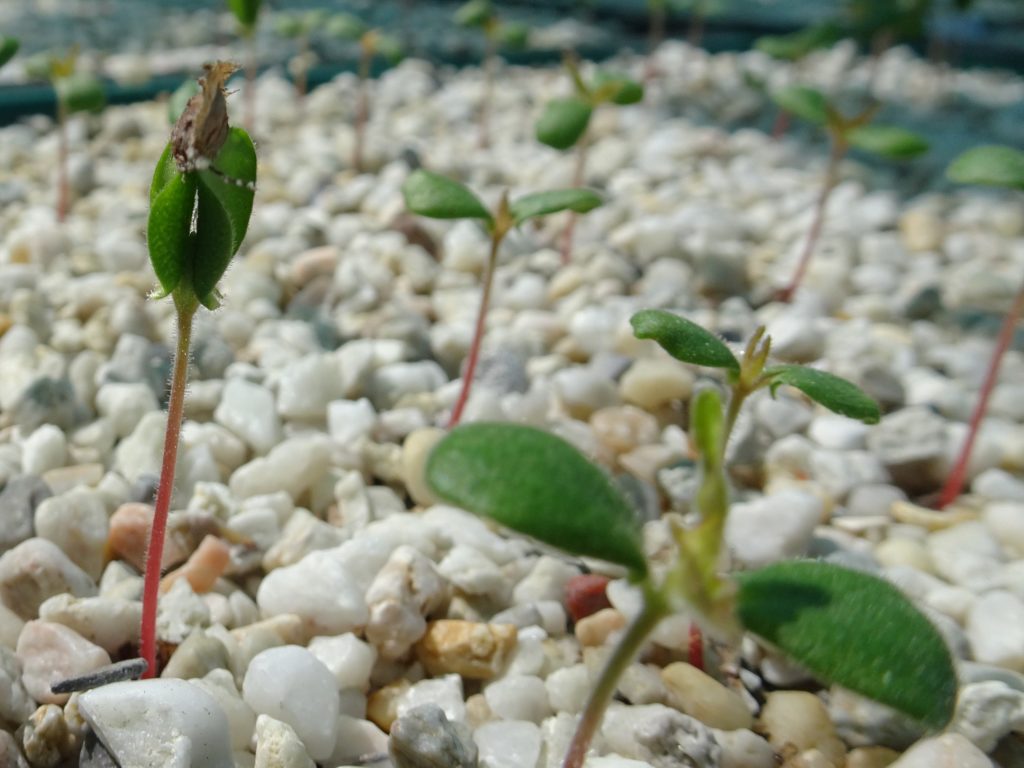
Wych elm has suffered a severe decline due to the fungal pathogen called Dutch elm disease. In areas where the disease has taken hold, including most of lowland and central Scotland, almost all mature elms have been killed. The seedling’s parents have been selected from among the very few survivors that seem to have some sort of advantage. They have remained healthy over several decades while the elms around them succumbed to disease.
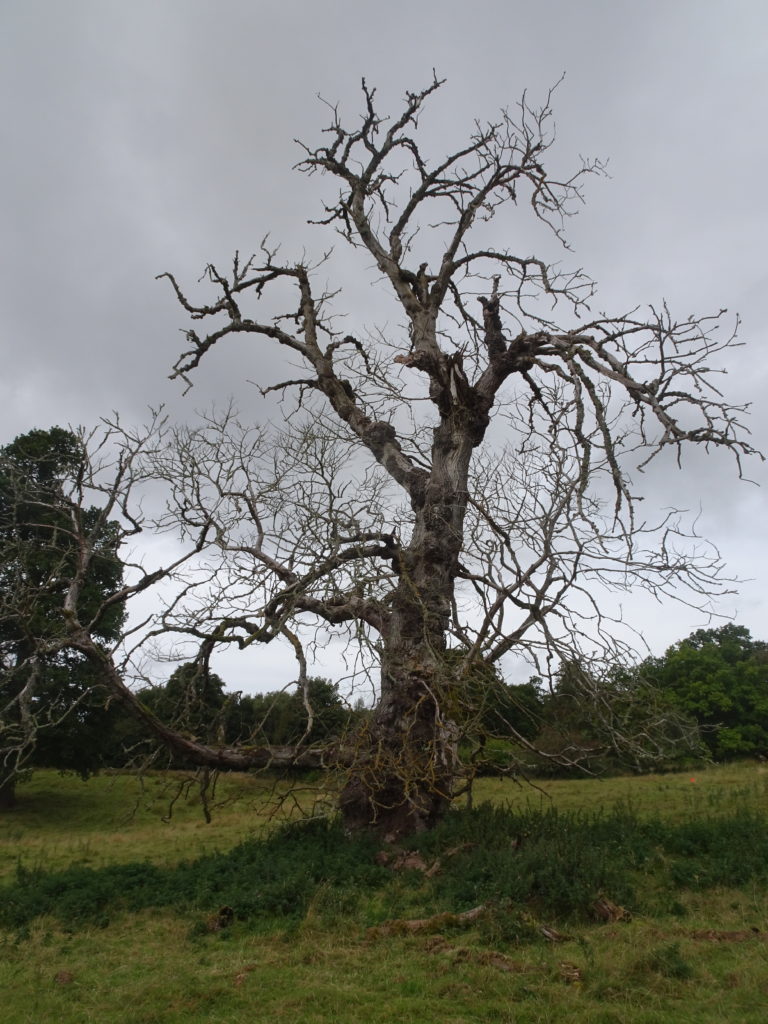
The name of the disease is quite misleading, as this is not a disease from the Netherlands but one that was first fully understood by Dutch scientists in the early 1900s.
The work on all ten species is grounded in science as we need to know why they have declined and what the surviving small, isolated populations have retained in terms of genetic diversity. The loss of diversity is one of the factors that could hamper their ability to recover. But science is only half of the story as success also relies on horticulturists who can propagate the plants and identify the right places for them to be translocated to. This ‘conservation horticulture’ is an area of expertise that the Garden has developed over many years to improve the prospects of rare and threatened Scottish plants.
for some of the species, such as marsh saxifrage, we have good genetic data and know that low levels of diversity are probably holding back recovery
Aline Finger, conservation geneticist on the Scottish Plant recovery project
Genetics and horticulture are a powerful combination that is giving these species the best chance. Dr Aline Finger, a conservation geneticist at the Garden, explains that “for some of the species, such as marsh saxifrage, we have good genetic data and know that low levels of diversity are probably holding back recovery. But we are also working on species, such as wych elm, where almost no genetic data exists, and we will be able to increase our understanding of the impact of disease at a genetic level.”
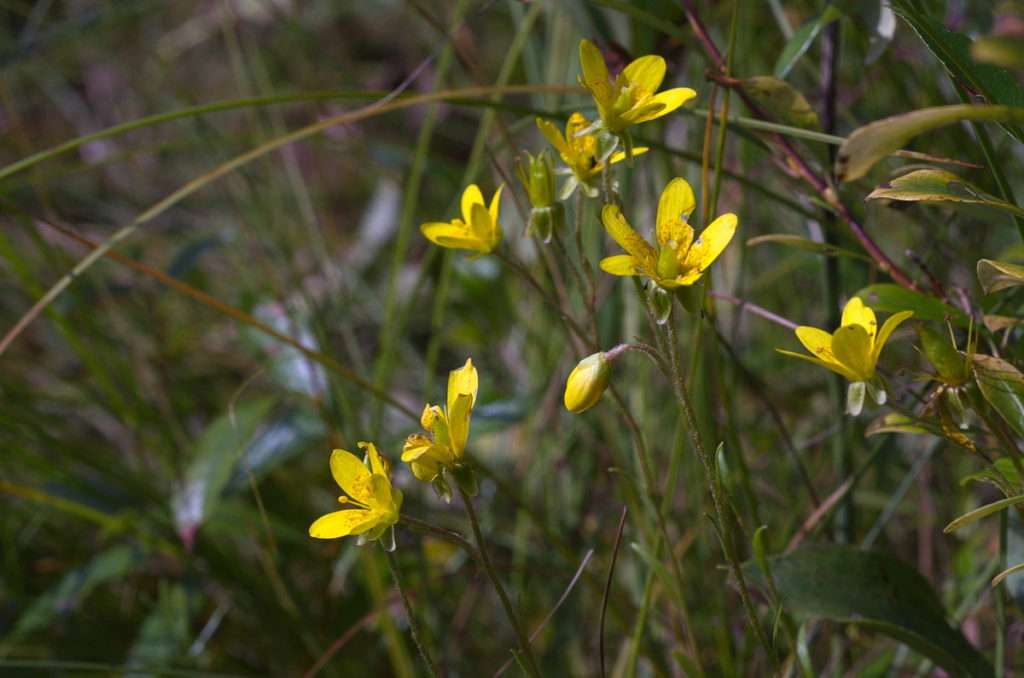
Some of the species are so particular about their requirements that keeping them alive in cultivation is a major challenge. Probably the hardest of the lot is the marsh saxifrage. This beautiful, yellow-flowered plant needs precise water chemistry, temperature and flow rates to maintain good oxygenation around the roots. It grows in mats of moss and even the height of the moss above the water table seems to be critical. An elaborate stepped ‘cascade’ over ten metres long has been built specifically to replicate the precise conditions needed by this plant. Nobody has kept this plant alive in cultivation for more than two years, so the team is aiming to pull off what would be a first for conservation horticulture.
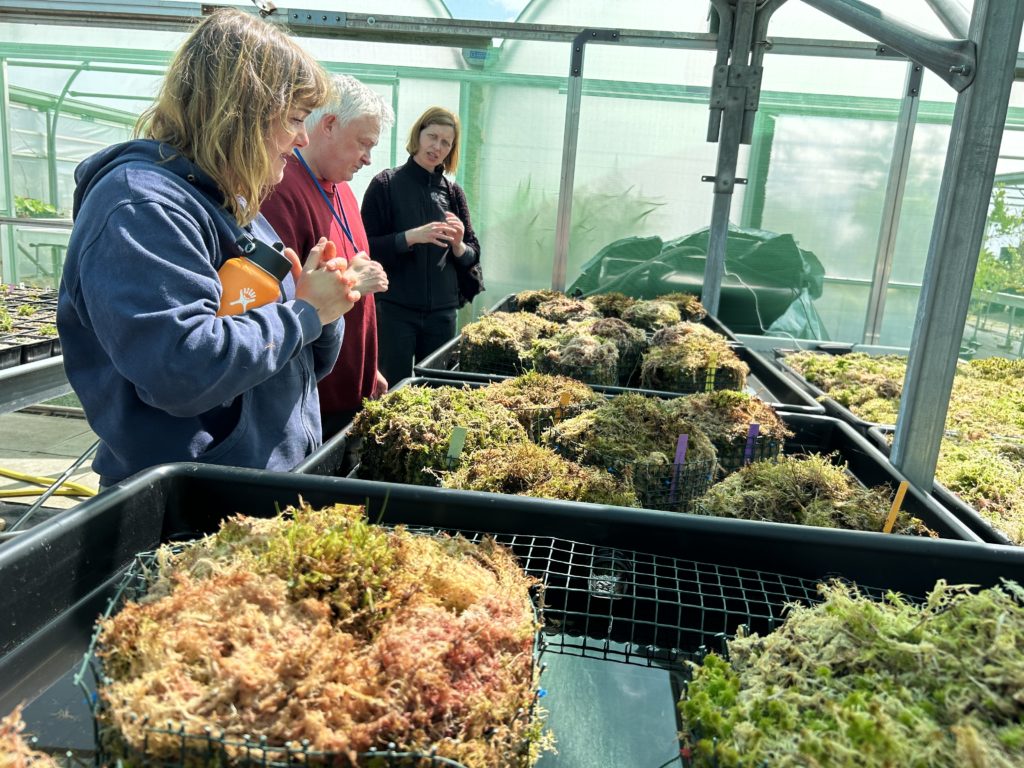
There is still a long way to go in terms of bulking up the numbers of plants. The project is also about more than just numbers of individual plants as the crucial genetic diversity that gives populations the potential to adapt must also be present. In cases where the evidence suggests that diversity levels are likely to be a problem the team will be adding plants from outside Scotland collected in places with similar climatic conditions.
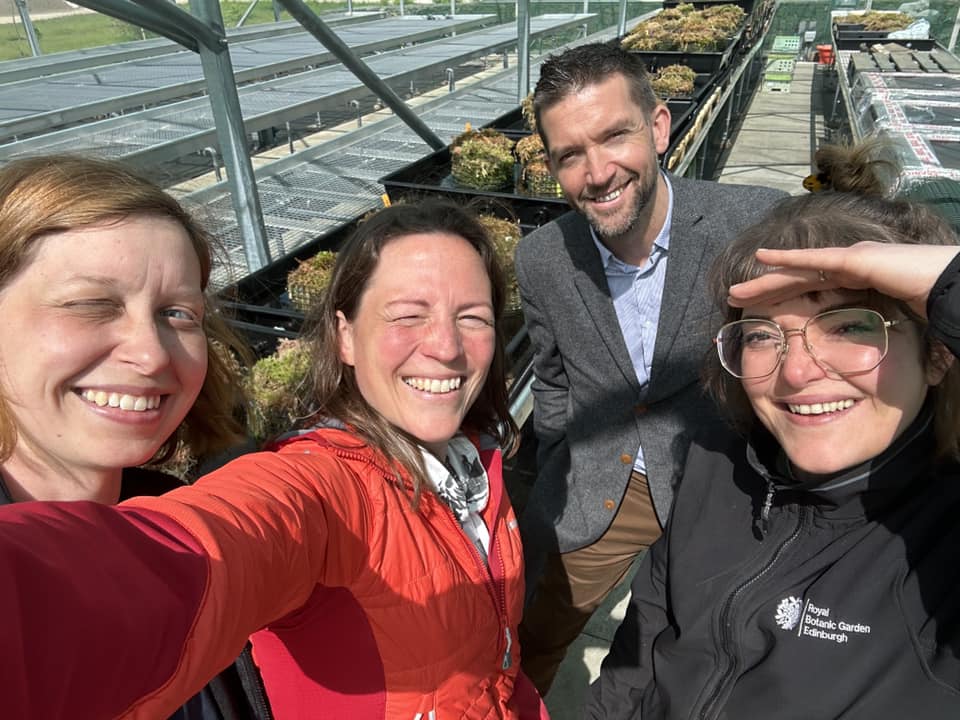
Regular updates on the project will be posted on the Garden’s blog under the category Scottish Plant Recovery.


- Twitter @TheBotanics
- Twitter @nature_scot
- Twitter and Facebook @ScotGovNetZero
- Facebook @NatureScot
- #NatureRestorationFund
Scottish Plant Recovery – Restoring Scotland’s plants
